Seven Ways to Ruin Your Car’s Suspension — and How to Avoid Them
As one of the most important components of a vehicle’s chassis, the suspension system requires careful handling. Here’s what drivers often do that damages it.
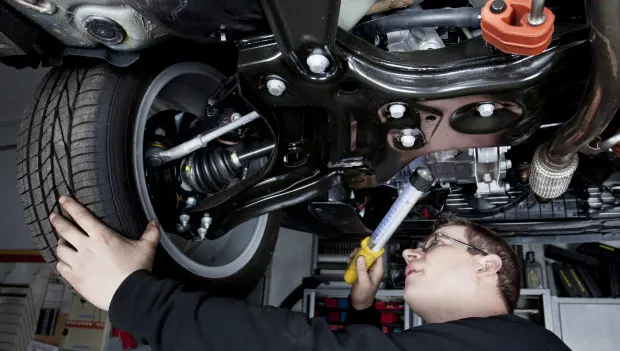
As a key part of a car’s chassis, the suspension system plays a crucial role in maintaining stability and ensuring safe handling on different types of roads. Yet many common driving habits can seriously shorten its lifespan. Here are the most frequent mistakes that harm a car’s suspension.
Starting Off Without Warming Up the Car in Fall or Winter
The suspension is made up of metal joints and rubber bushings that connect various components.
When you start driving without letting the car warm up in cold weather, several parts — particularly the rubber dust boots — face critical stress. At low temperatures, rubber becomes stiff, while joints may frost over or form a thin layer of ice, increasing the risk of tearing.
Cold, thickened oil also fails to lubricate properly without warming up first. A sudden start in freezing conditions can damage the seals and even deform internal components of the shock absorbers. Without proper warm-up, the shocks can’t effectively absorb bumps and vibrations.
Rapid acceleration at low ambient temperatures may also cause mechanical damage to moving suspension parts. Over time, this style of driving reduces the ability of shock absorbers to dampen impacts and can lead to oil leaks.
Experts recommend gently warming up the car’s mechanical systems before driving on cold days. For full stabilization, drive the first 500 meters slowly, avoiding puddles and uneven surfaces. Following these simple steps can significantly extend the life of your suspension.
Driving With a Faulty Suspension
One of the most common causes of safety system malfunctions in modern cars is damage to shock absorbers caused by excessive load or wear on joints.
Improper use, aggressive driving, and neglect accelerate the formation of cracks, chips, and rust on suspension components. Such damage can affect braking performance, causing instability and longer stopping distances.
Driving with leaking shocks is dangerous — the suspension could fail at any moment, potentially leading to a crash.
To maintain safety and comfort, drivers should visit a service center as soon as they notice unusual noises, instability, or oil leaks. Timely repairs or part replacements will extend the suspension’s lifespan and save money on tires and bushings in the long run.
Frequently Driving Through Deep Puddles
Manufacturers equip suspension systems with protective covers to shield joints and mounts from dirt, water, and chemicals. It’s important to keep these covers clean and dry.
If moisture lingers on the surface after driving in the rain, it can reach the fasteners. Overnight freezing turns droplets into sharp ice crystals that can tear the rubber boots.

Cracks in the protective casing let in dirt, which mixes with lubricant and forms an abrasive paste. When frozen, these particles can scratch and damage suspension joints. Prolonged dampness also leads to rust, which limits movement and weakens metal components.
The takeaway: avoid deep puddles whenever possible to protect your suspension.
Driving Fast on Rough Roads
Frequent high-speed driving on poorly maintained roads puts enormous strain on the suspension, quickly wearing out its components.
Springs are particularly vulnerable: when driven fast over bumps, they overstretch and fail to rebound properly. This not only reduces shock absorber performance but can also damage other parts of the suspension system.
Statistics show that ignoring the need to slow down for road irregularities is a common cause of vehicle instability and loss of control. Drivers should remember that suspension components — bushings, joints, and shocks — have limited lifespans that shorten drastically with careless driving.
Carrying Excess Weight in the Trunk
Most passenger cars are designed to carry up to 450 kg (about 1,000 lbs) of cargo. Placing all that weight in the trunk, however, puts excessive pressure on the rear axle, overloading the suspension.
A sagging rear end leads to deformed shocks and uneven stress distribution. To maintain balance and protect the suspension, the load should be distributed evenly between the trunk and the cabin.
Installing Oversized Wheels and Low-Profile Tires
Every car’s manual specifies the recommended tire type and wheel size — but some owners ignore this to achieve a sportier look.

Larger wheels (18 inches or more) are heavier and create additional stress on the suspension compared to standard 16-inch factory rims. Low-profile tires, meanwhile, offer less cushioning, transferring more impact from potholes directly to suspension components.
Auto technicians strongly advise following the manufacturer’s guidelines when choosing wheels and tires, and considering the conditions in which the car will be used.
Poor Suspension Alignment
Proper suspension alignment is essential for comfort, safety, and stability. Incorrect settings cause suspension parts to rub against each other when driving over bumps, leading to premature wear and deformation.
Even slight misalignment of camber or toe angles affects handling, steering precision, and tire wear. That’s why suspension adjustment should always be done by a professional.
By understanding how driving habits and maintenance choices affect the suspension system, drivers can prevent costly repairs and ensure a smoother, safer ride.
You may also be interested in the news:

If Zodiac Signs Were Cars: The All-Wheel-Drive Horoscope That’ll Take You Places
Or: Why This Horoscope Smells Like Gasoline, Personality, and a Little Bit of Therapy
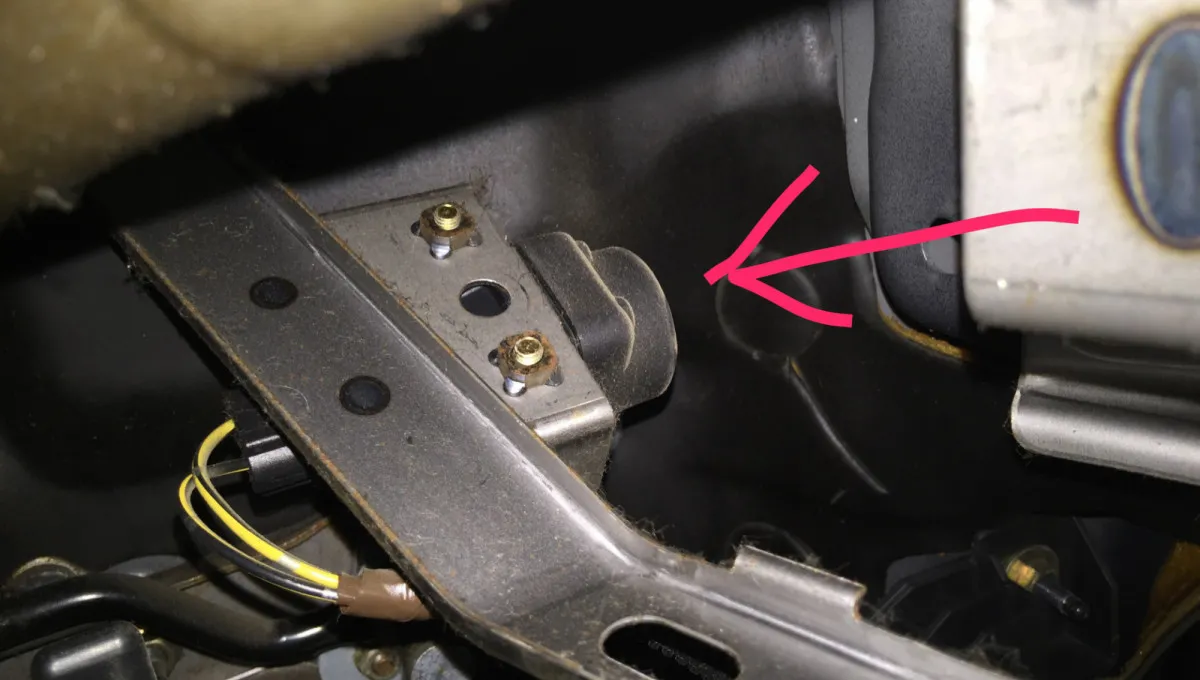
Mystery Button Hidden Under Most Car Dashboards — And Why So Many Drivers Don’t Know It Exists
Modern cars are packed with features and buttons whose purpose can be surprisingly hard to guess.
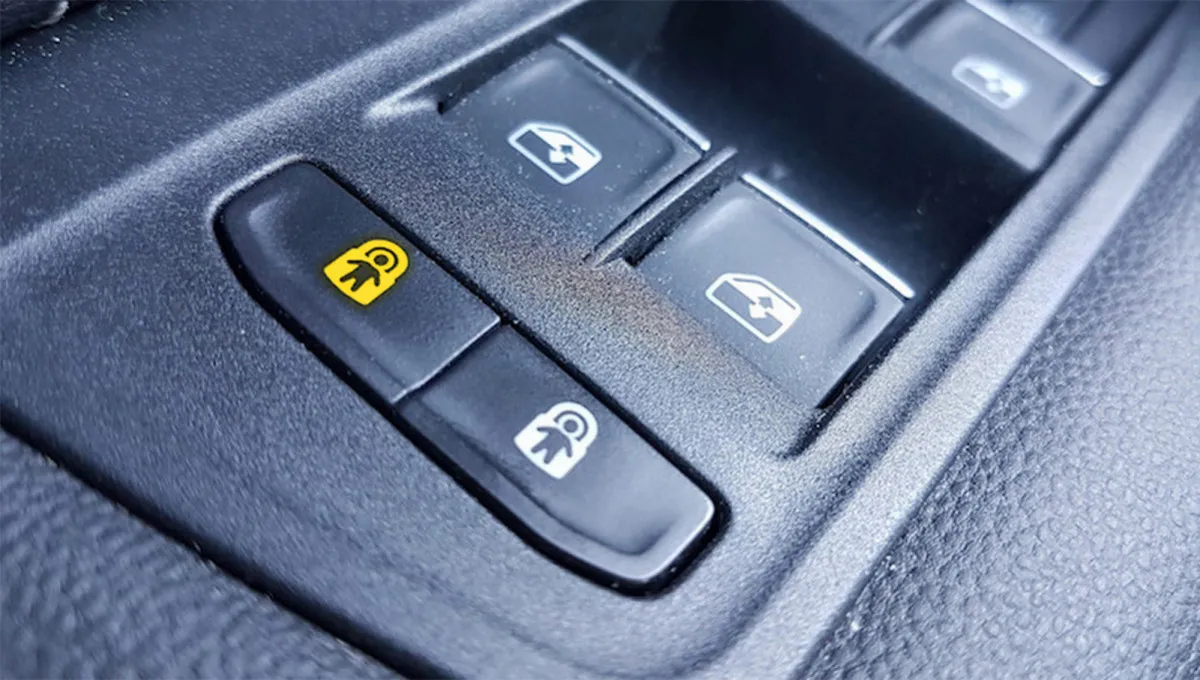
Astronaut Button: What This Mysterious Car Feature Actually Does
Some functions in a modern car make sense only after digging into the owner’s manual — and this little button is a perfect example.
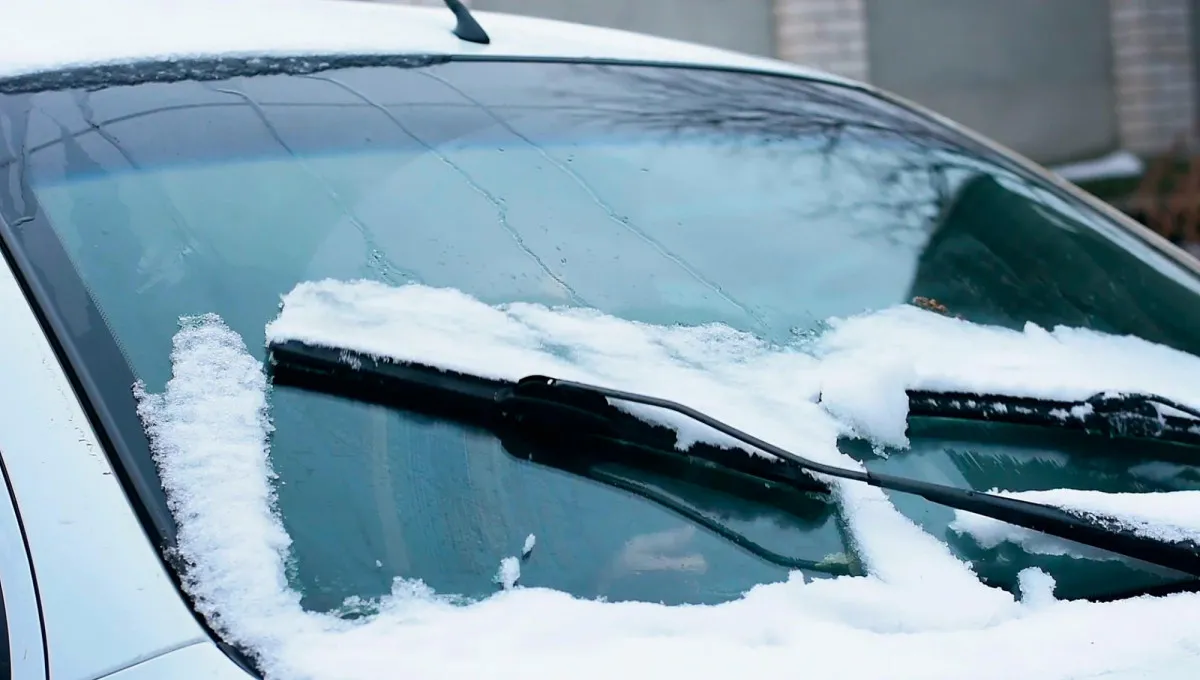
How to Activate Your Wipers’ “Winter Mode” — and Why It Exists
Many drivers can’t help wondering: is this a bug or a feature?
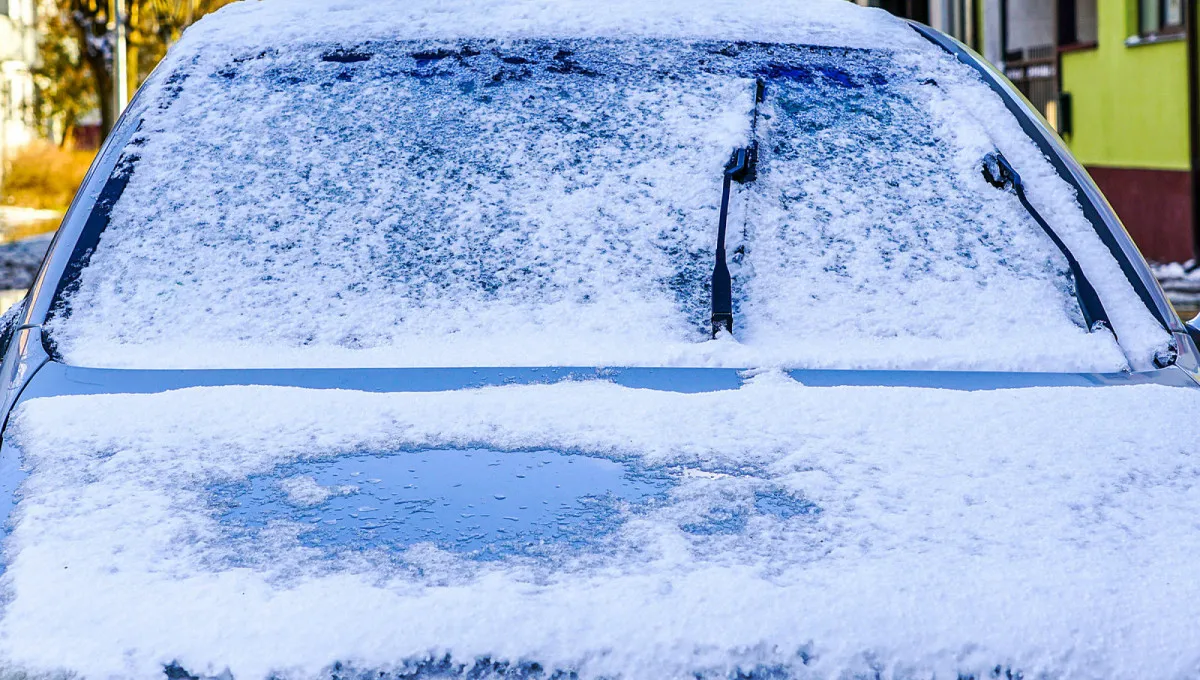
How to Protect Your Windshield from Ice: Helpful Tips and Personal Experience
How can you make sure your car’s windshield doesn’t turn into a sheet of ice overnight?